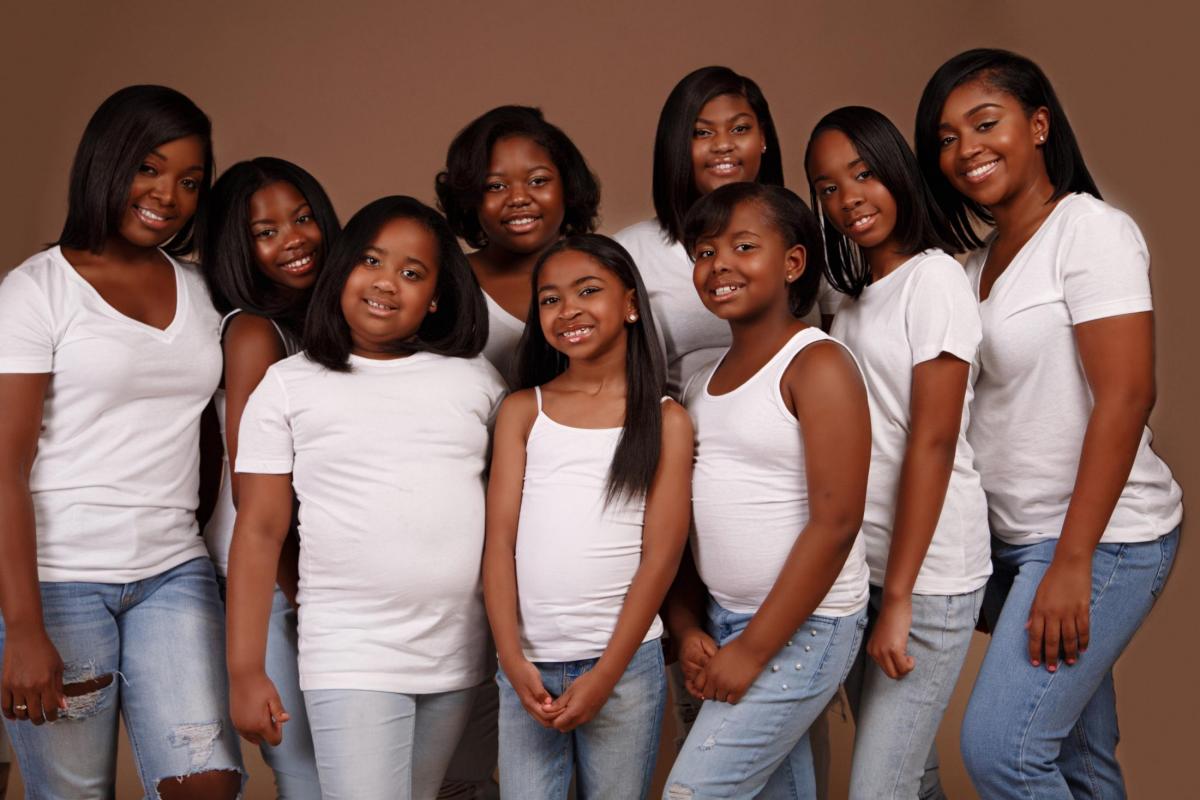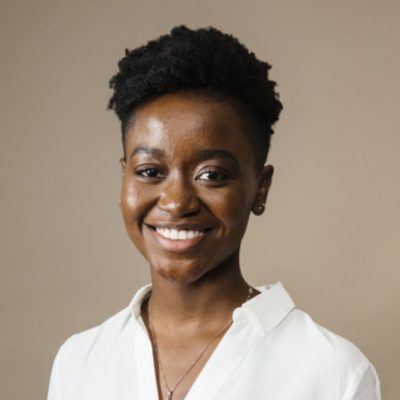
Baltimore natives Chabria Hill and Jasmine Allen met in college. They developed a close friendship while dancing in the Delaware State University marching band and learned they had a lot in common—despite the fact that Hill was a year younger than Allen.
“Usually on the dance team you march in two lines,” explains Allen, 29. “So, Chabria’s freshman year and my sophomore year, we marched on the same line together.”
After they graduated, a popular dance TV show called Bring It inspired the two to form their own dance crew. What initially started as an idea for an all-girls dance group grew into a full-blown mentorship program for young Black girls to express themselves through dance. Now, the Charm School Project for Girls—which is based in Parkville—has garnered hundreds of members from all over the DMV.
“There aren’t many places, groups, or organizations as a whole that provide girls a safe haven to do something that they love as a hobby,” Allen says, “but also teach them things that can help them prepare for their future.”
Having both attended majority white schools in Baltimore County, the founders shared the experience of feeling like outsiders growing up. They knew that many young Black girls in Baltimore would face some of those same challenges, possibly on a larger scale with the growing popularity of social media.
“Girls everywhere deserve to be able to look up to someone who looks like them,” says Hill, 27.
The Charm School Project for Girls offers a variety of dance programs for all ages—from toddlers to teenagers—that weave in lessons of sisterhood, leadership, and life skills. (Registration for the eight-week fall session is currently open through October 17.)
This year, Hill and Allen were looking forward to their annual dance showcase inside the theater of Carver Center for Arts and Technology in Towson, but it was canceled due to COVID-19. Hill, however, still wanted the girls to have an opportunity to perform for an audience, so they created “A Dance Rally For Brown Girls.” The video, which currently has more than 4,000 views on YouTube, showcases a variety of participants of all ages singing, dancing, and reading poetry in traditional African clothing.
“We just wanted to represent our power, our history, our culture,” Hill says.
We spoke with the pair about the inspiration behind their iconic video, their unique organization, and what young Black girls are facing today.
What inspired you two to start the Charm School Project for Girls?
JA: In 2015, there weren’t a lot of dance competitions in the area. We pitched the idea to a person who worked in the Mayor’s office at the time and he actually returned our idea back to us and made us think a little harder about how we could better serve our community. He asked us, “What makes you guys different from anything else around?” So, we went back to the drawing board and started thinking about the stuff that we didn’t have when we were younger. We compiled all of that and said, “You know what? Instead of just having a dance group, let’s do a mentorship organization, as well. Let’s give these girls a little bit more than what they should be getting out of dance.”
Why call it a “Charm School?”
JA: We knew we wanted to really focus on sisterhood and dance. From there, we branched out to so many other things. We teach our girls life skills, social skills, self-image, and self-confidence.
You’ve emphasized that the Charm School Project is specifically for girls. Why is it important for you to make that distinction?
JA: We’re both girls. We’re both Black girls. And there’s no secret that growing up in the dance world is challenging. But not only that, let’s take dance out of it completely. Growing up in America, growing up in this world as a Black girl, is challenging. We’re seeing that today. So, distinctly calling out our girls is important because, at the end of the day, in order to protect our Black women, we got to start with our girls first.
Our organization wasn’t thought of overnight. We spoke to numerous people at the time. When we were trying to become a nonprofit, we had a lot of people challenge us. But I can’t say we’re not thankful for those challenges. They made us who we are today. Every time someone questioned our mission or our trajectory for this organization, we always went back to the drawing board to reassess. But from day one, Chabria and I always knew that this was going to be for girls.
What are some of the struggles that your young Black girls are facing today?
JA: Bullying is probably one of the top ones. They’re feeling a little uncomfortable in their skin because the media right now is highlighting how our society at the moment is treating our Brown girls, and it’s looking as if we’re worthless. Especially right now they are questioning their image and how they look among others. I feel like social media is forcing our younger generation to grow and mature quickly. When Chabria and myself were growing up, we didn’t really have social media to expose us to all of these new things. So, one of the things that these girls are facing is a lot of insecurity due to social media.
How do you feel the recent Kentucky grand jury decision not to charge any police officers for Breonna Taylor’s murder affects young Black girls?
JA: I really feel as though it does take a toll on them, because at the end of the day, when we saw the outcome of her case, I’m pretty sure every Black woman in America had some type of doubt about their worth in this country. We have sit-downs with our girls all the time and talk about real things going on in the world. You’d actually be shocked by how much information they know. You have to remember they’re growing; their brains and their minds right now are taking in a lot. They may not digest it fully, but they know it’s happening.
How did your video, “A Dance Rally for Brown Girls” come about?
CH: We usually have a dance showcase at Carver where 200 family members and friends come and watch our girls perform and showcase what they’ve been able to learn over the past weeks. We wanted to find a way to still be able to showcase our girls [during COVID-19] and also have a message behind it because of everything that’s going on.
I wanted it to be some kind of message that our girls could take in, and so could the world. All of the songs and poems were hand-picked strategically. The song at the beginning was sung by one of our students. Everything from beginning to end has meaning behind it.
What are your goals for the future of the Charm School Project?
JA: Ultimately, we want to do a girl’s hub, which would be something like a recreational center. It would be a place where girls can come in to get tools, mentorship, and anything that they need that is vital to their day-to-day.
